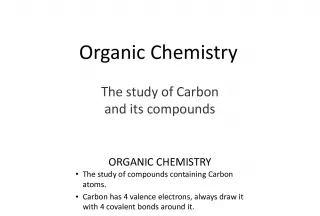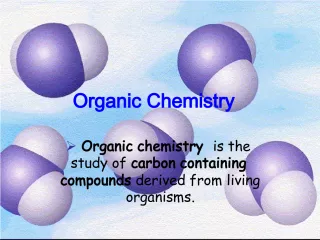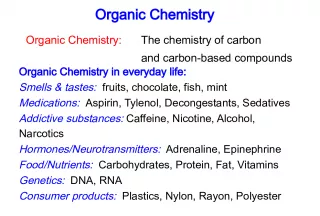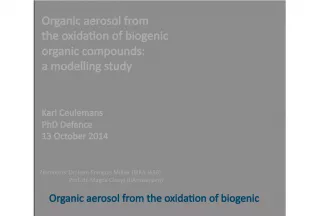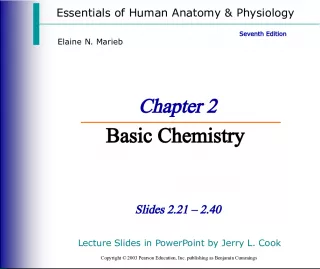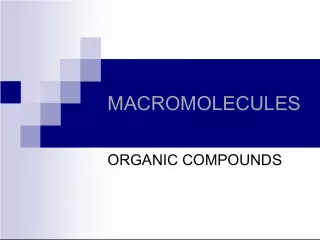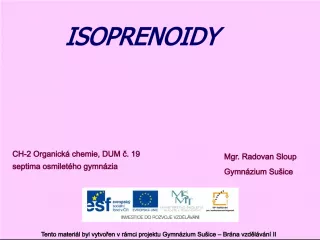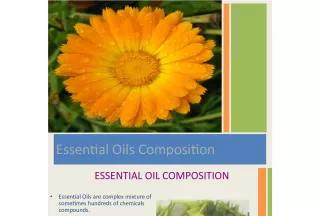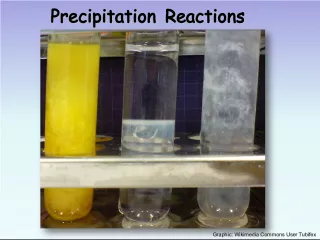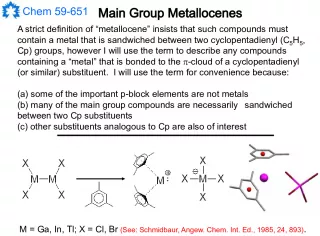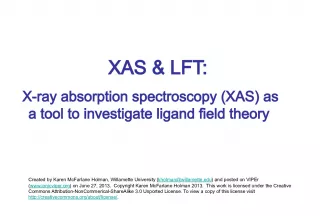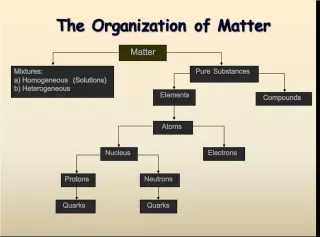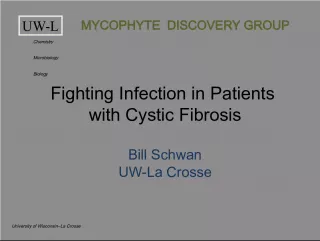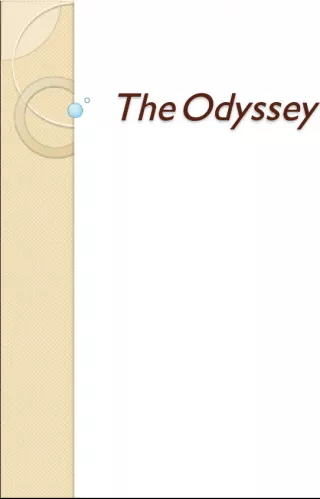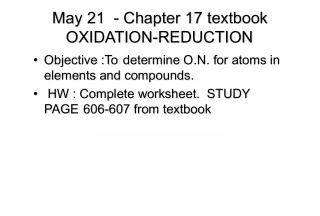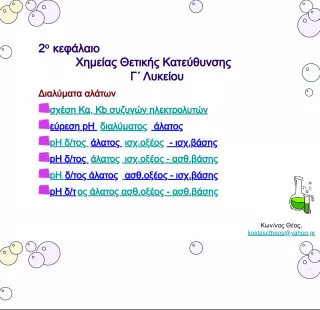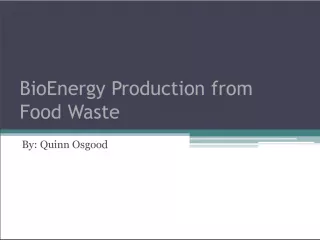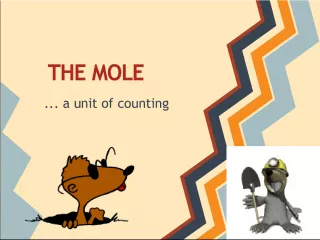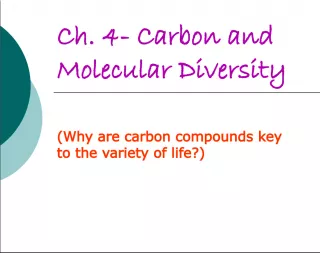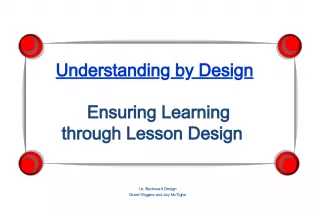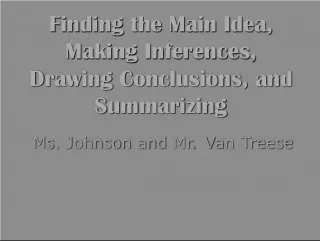Understanding Organic Compounds
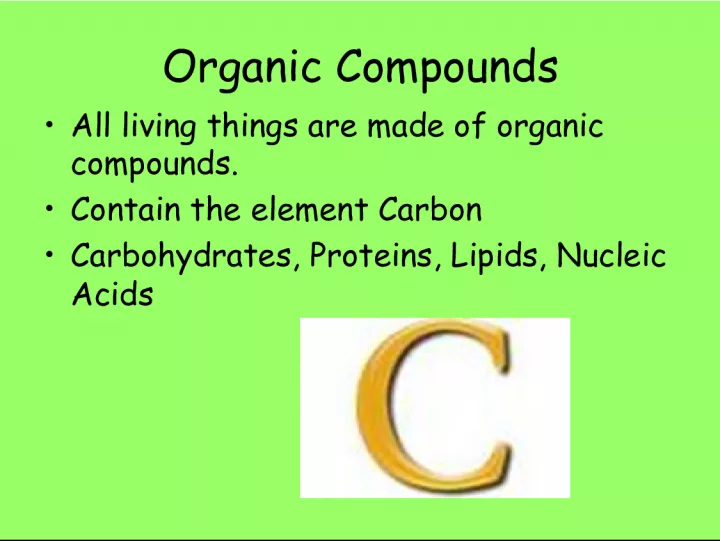

Organic compounds are an essential component of all living things, containing the element carbon. There are four main types of organic compounds: carbohydrates, proteins, lipids, and nucleic acids. Carbohydrates are
- Uploaded on | 3 Views
-
 girindrarao
girindrarao
About Understanding Organic Compounds
PowerPoint presentation about 'Understanding Organic Compounds'. This presentation describes the topic on Organic compounds are an essential component of all living things, containing the element carbon. There are four main types of organic compounds: carbohydrates, proteins, lipids, and nucleic acids. Carbohydrates are. The key topics included in this slideshow are . Download this presentation absolutely free.
Presentation Transcript
Slide1Organic Compounds• All living things are made of organic compounds. • Contain the element Carbon • Carbohydrates, Proteins, Lipids, Nucleic Acids
Slide2Carbohydrates• Monomer- monosaccharide • Function- energy source and structure • Tests: glucose-Benedicts starch- Iodine fructose • Ex. Cellulose, glycogen, starch
Slide3Lipids• Made of fatty acids and glycerol • Function- energy storage and insulation • Tests: brown paper test • Examples: fats and steroids Lipid vs. water
Slide4Nucleic Acids• Monomer- nucleotide • Function- carry genetic information • Ex. DNA and RNA
Slide5Proteins• Monomer- amino acids • Function- building and repairing cells, communication, transport, and regulation • Tests- Biurets • Examples: enzymes, hemoglobin
Slide6Enzymes• Catalysts in living things • Specific to a particular substrate • Reusable • Affected by temperature and pH
Slide7CellsProkaryotes • Simple, no membrane bound organelles • Bacteria only • One circular chromosome • Includes: chromosome, ribosomes, and plasma membrane Eukaryotes • Membrane bound organelles • Plants and Animals • True nucleus containing chromosomes
Slide8Nucleus• “Control Center” • Contains chromosomes
Slide9MitochondriaSingular: Mitochondrion • “Powerhouse” of the cell • Produces energy in the form of ATP • Site of Aerobic respiration
Slide10Chloroplast• Site of photosynthesis • Plant cells ONLY • Contains the pigment chlorophyll
Slide11Vacuole• Storage of excess materials • Plant cells usually contain one large vacuole
Slide12Ribosomes• Proteins are synthesized • Found in both prokaryotes and eukaryotes
Slide13Plasma Membraneaka: Cell Membrane • Surrounds the cell • Regulates what enters/leaves the cell • Helps maintain homeostasis • Made of phospholipids with embedded proteins
Slide14Cell Wall• Plant cells ONLY • Surrounds cell and provides support and protection. • Made of cellulose
Slide15EukaryotesPlant • Cell wall • Chloroplast • Large central vacuole Animal
Slide16Diffusion• Form of passive transport (NO ENERGY NEEDED) across a membrane • Solutes move from high concentration to low concentration
Slide17Osmosis• Diffusion of water (also passive transport)
Slide18Active Transport• Particles moving against the concentration gradient which REQUIRES ENERGY (ATP) • Low concentration to high concentration
Slide19Photosynthesis• Water and Carbon Dioxide used to produce Glucose and Oxygen • H 2 O+CO 2 C 6 H 12 O 6 +O 2 • Occurs in the chloroplast
Slide20Aerobic Respiration• Used to release energy (ATP) for cellular use • C 6 H 12 O 6 +O 2 H 2 O+CO 2 • Occurs in the mitochondria
Slide21Autotroph vs. Heterotroph• Obtain energy from the environment • Photosynthesis or chemosynthesis • “Producers” • Obtain energy from other living things • “Consumers”
Slide22Antibiotic and PesticideResistance • Populations will eventually become resistant to pesticides and antibiotics with overuse
Slide23Viruses• Not considered living things • Pathogens that can mutate to resist vaccines • Ex. HIV, Influenza, Smallpox
